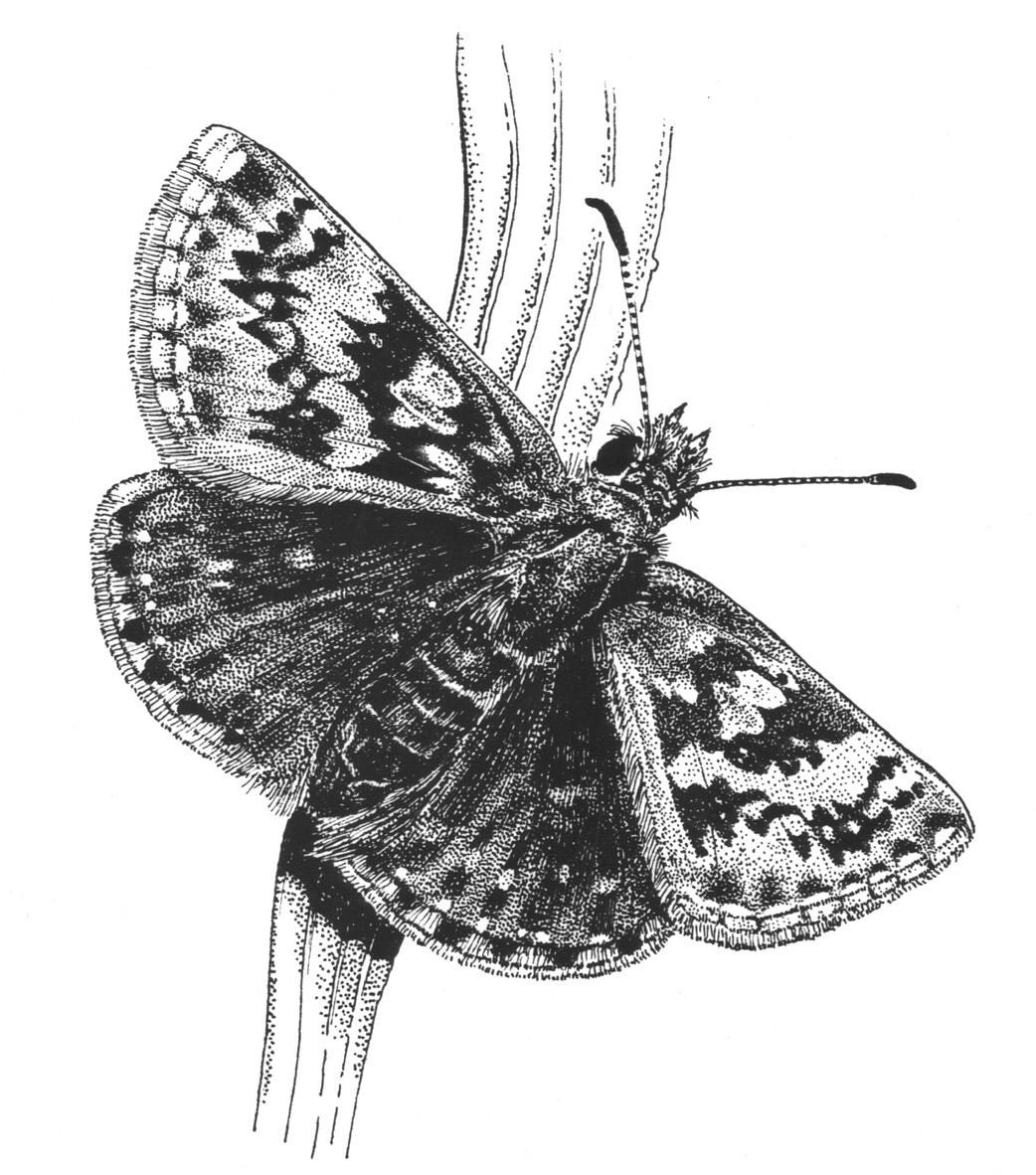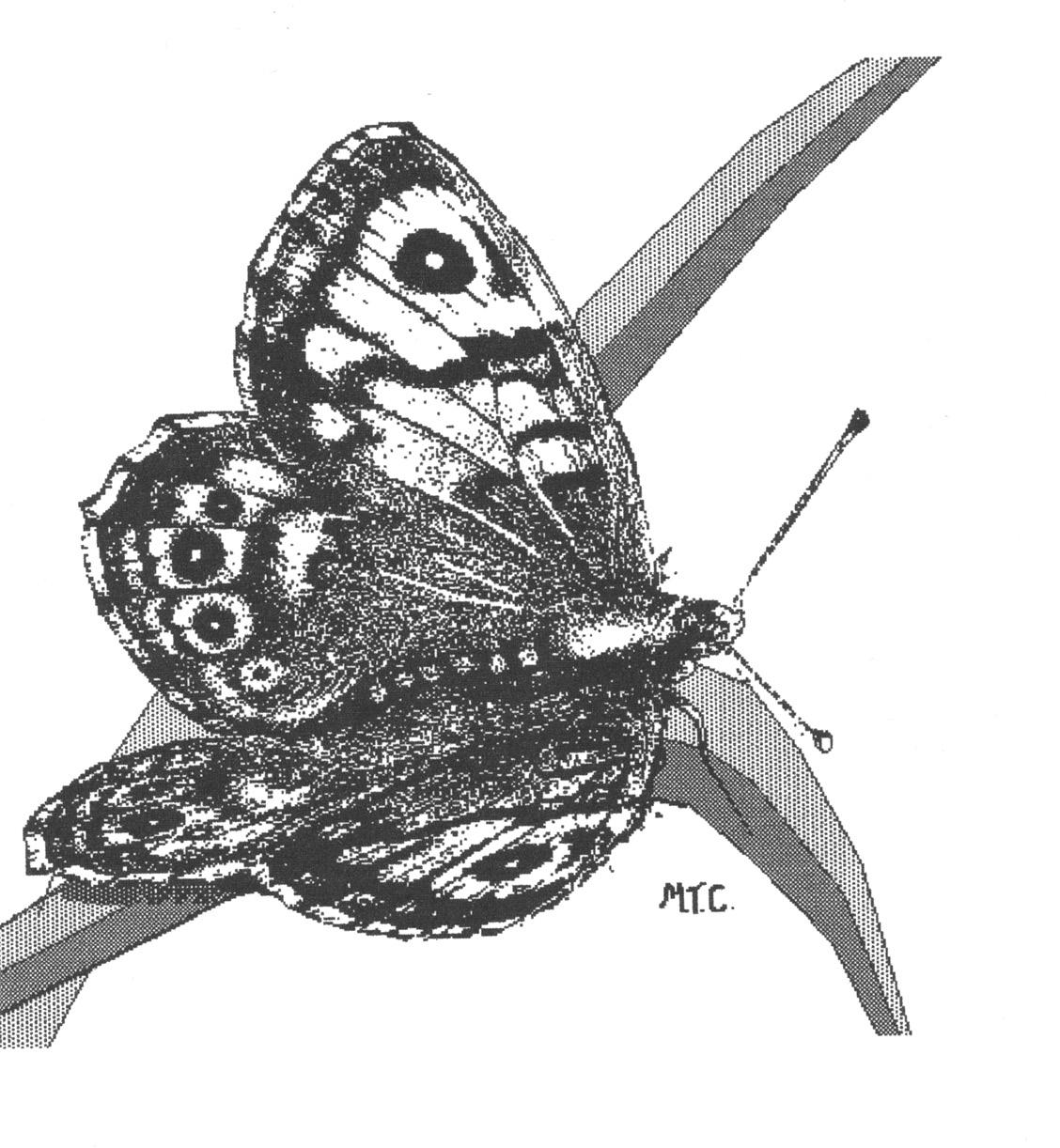
2 minute read
SWT Farmland survey Juliet Hawkins page 10
numbers of other species throughout the summer. It needs to be late June or July for White Admiral or White-letter Hairstreak though; look out for honeysuckle and elm, as these are the larval host plants for the 2 species respectively. Both forests have a lot of dense pine plantation, but the butterflies prefer the sunnier rides with broadleaf woodlands, so walk into the more promising habitat at every junction. Dunwich, Rendlesham and Tunstall Forests all have Forestry Commission car parks/picnic sites and guarantee a walk on the wild side.
If you prefer a view of the sea, the Suffolk coastal path can be joined at many places and can be a joy whenever we are lucky enough to have a good year for immigrant butterflies. Not only do Painted Lady and Clouded Yellow make their landfall along our coast, but they are accompanied by Red Admiral and Large White – 2 species which are residents, but are also boosted by migration most summers. The incomers settle on the flower-rich grassland of the sea wall/coastal strip, and lay their eggs for the next generation, making the coast a good butterfly-watching zone for a much longer period than the few days of the massed landfall. Aptly enough, the Wall is a butterfly seen occasionally along the sea wall. If you join the coastal path at Orford you might see it whilst visiting Orford Castle. Sadly the Wall is in decline, and is very much a coastal species these days; watch out for it basking in the sun on the bare ground at your feet.
Suffolk only has 35 species of resident and regular migrant butterflies, which is less than can be seen in the south of England, but they enhance the lives of anyone who cares to watch them, so it ain’t silly to keep a good lookout. If you know your butterflies and see anything interesting, why not send in your sightings to: butterflies@sns.org.uk
Illustration: Dingy skipper-Douglas Hammersley
The Wall brown
Robert Quadling
First Wall Brown sightings for 2017 and 2018 have been on the 10th May for a single Butterfly.
2nd Generation Walls fly from July to August: highest number recorded for 2018 was 10 Butterflies. butterfly survey on a single day within that generation period, compared with the 2nd generation adults from 29th July 2017 when highest number recorded on a single day survey was 25.
3rd Generation between September to October: highest number recorded was 4 butterflies. These figures are from a Wall browns at Carlton Marsh are found at the sluice next to the river Waveney and along the path from Whitecast marsh to the ramp on the new bank opposite Peto`s Marsh. As the season progresses, they often spread out around the reserve covering a large area. It is these butterflies that are seen mostly on the paths which have short worn grass and open patches of earth and as the name suggests, you can always find them on the defence flood wall at the sluice basking in the sun. As SWT Carlton marshes seems to be the last stronghold for the Wall brown in Suffolk. I closely survey the site each year to help protect the Wall’s future on the reserve and to monitor and maintain the valuable habitat. (see photos page 28).
Illustration: Wall Brown by Mervyn Crawford







